Related Research Articles

Blackface is the practice of non-black performers using burnt cork or theatrical makeup to portray a caricature of black people on stage or in entertainment.
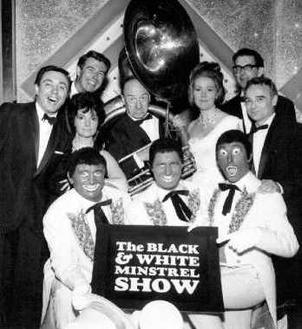
The Black and White Minstrel Show was a British light entertainment show that ran for twenty years on BBC prime-time television. Running from 1958 to 1978, it was a weekly variety show that presented traditional American minstrel and country songs, as well as show tunes and music hall numbers, lavishly costumed. It was also a successful stage show that ran for ten years from 1962 to 1972 at the Victoria Palace Theatre, London. This was followed by tours of UK seaside resorts, together with Australia and New Zealand.
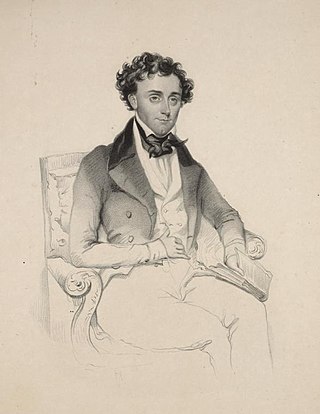
Thomas Dartmouth Rice was an American performer and playwright who performed in blackface and used African American vernacular speech, song and dance to become one of the most popular minstrel show entertainers of his time. He is considered the "father of American minstrelsy". His act drew on aspects of African American culture and popularized them with a national, and later international, audience.
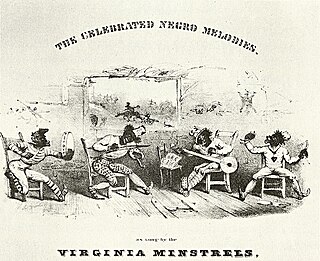
The minstrel show, also called minstrelsy, was an American form of theater developed in the early 19th century. The shows were performed by mostly white actors wearing blackface makeup for the purpose of comically portraying racial stereotypes of African Americans. There were also some African-American performers and black-only minstrel groups that formed and toured. Minstrel shows stereotyped blacks as dimwitted, lazy, buffoonish, cowardly, superstitious, and happy-go-lucky. Each show consisted of comic skits, variety acts, dancing, and music performances that depicted people specifically of African descent.

Christy's Minstrels, sometimes referred to as the Christy Minstrels, were a blackface group formed by Edwin Pearce Christy, a well-known ballad singer, in 1843, in Buffalo, New York. They were instrumental in the solidification of the minstrel show into a fixed three-act form. The troupe also invented or popularized "the line", the structured grouping that constituted the first act of the standardized three-act minstrel show, with the interlocutor in the middle and "Mr. Tambo" and "Mr. Bones" on the ends.

Barry Cuthbert Jones was an actor seen in British and American films, on American television and on the stage.
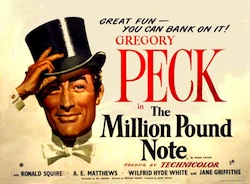
The Million Pound Note is a 1954 British comedy film directed by Ronald Neame and starring Gregory Peck, Ronald Squire, Wilfrid Hyde-White and Jane Griffiths. It is based on the 1893 Mark Twain short story "The Million Pound Bank Note", and is a precursor to the 1983 film Trading Places. It was shot at Pinewood Studios and on location around London. The film's sets were designed by the art directors John Box and Jack Maxsted. It was released by Rank's General Film Distributors. The American release was handled by United Artists under the alternative title Man with a Million.

The Black Knight is a 1954 British-American Technicolor adventure film directed by Tay Garnett and starring Alan Ladd as the title character and Peter Cushing and Patrick Troughton as two conspirators attempting to overthrow King Arthur. It is the last of Ladd's trilogy with Warwick Films, the others being The Red Beret and Hell Below Zero based on Hammond Innes' book The White South.

William Best, known professionally as Willie Best or Sleep 'n' Eat, was an American television and film actor.

Walter Fitzgerald Bond was an English character actor.
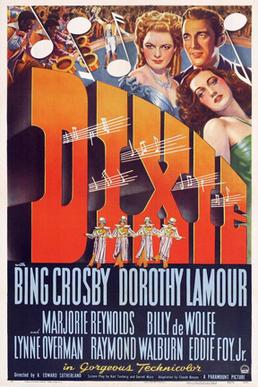
Dixie is a 1943 American biographical film of songwriter Daniel Decatur Emmett directed by A. Edward Sutherland and starring Bing Crosby and Dorothy Lamour. Filming in Technicolor, Dixie was only a moderate success and received mixed reviews. Contrary to rumor, it has not been withdrawn from circulation due to racial issues but is simply one of hundreds of vintage Paramount Pictures from the 1930s and 1940s now owned by Universal and not actively marketed; it was broadcast several times in the late 1980s on the American Movie Classics channel. The film produced one of Crosby's most popular songs, "Sunday, Monday, or Always".

Mammy (1930) is an American pre-Code musical comedy-drama film with Technicolor sequences, released by Warner Bros. The film starred Al Jolson and was a follow-up to his previous film, Say It with Songs (1929). Mammy became Al Jolson's fourth feature, following earlier screen efforts as The Jazz Singer (1927), The Singing Fool (1928) and Say It with Songs (1929). The film relives Jolson's early years as a minstrel man. The songs were written by Irving Berlin, who is also credited with the original story titled Mr. Bones.

Ron Ormond was an American author, showman, screenwriter, film producer, and film director of Western, musical, and exploitation films. Following his survival of a 1968 plane crash, Ormond began making Christian films.

Flournoy Eakin Miller, sometimes credited as F. E. Miller, was an American entertainer, actor, lyricist, producer and playwright. Between about 1905 and 1932 he formed a popular comic duo, Miller and Lyles, with Aubrey Lyles. Described as "an innovator who advanced black comedy and entertainment significantly," and as "one of the seminal figures in the development of African American musical theater on Broadway", he wrote many successful vaudeville and Broadway shows, including the influential Shuffle Along (1921), as well as working on several all-black movies between the 1930s and 1950s.

Phil Arnold was an American screen, stage, television, and vaudeville actor and dancer. He appeared in approximately 150 films and television shows between 1939 and 1968.
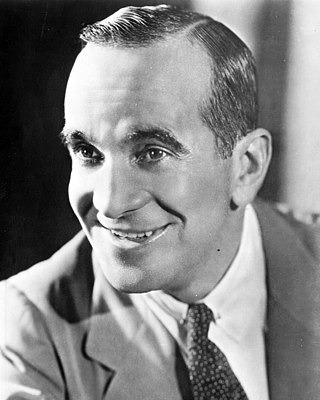
Al Jolson was a Lithuanian-born American singer, actor, and vaudevillian.

The Great Game is a 1953 British sports comedy-drama directed by Maurice Elvey and starring James Hayter, Thora Hird and Diana Dors. It was based on a play by Basil Thomas. Many of the scenes were shot at Griffin Park the home of Brentford F.C. Several professional football players made appearances in the film including Tommy Lawton.
Sanding, also known as sand jigging or sand dancing, is a type of dance performed as a series of slides and shuffles on a sand-strewn floor. In some instances, the sand is spread across an entire stage. In other cases, it is kept in a box that the dancer stays in throughout the dance. Originally a soft-shoe technique, scratching in sand can also add a different texture to the percussion of tap. There is no one type of shoe used to sand dance; traditional tap shoes are used alongside soft shoes and leather boots, all creating a distinctive sound. Willie "The Lion" Smith said of sanding, "You could really hear and feel the rhythm when the dancers shuffled around in a nice pair of patent-leather shoes".
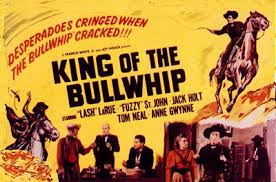
King of the Bullwhip is a 1950 American Western film produced and directed by Ron Ormond starring Lash LaRue and Al "Fuzzy" St. John. It was the eighth of LaRue's films for Ormond's Western Adventures Productions Inc. The film was the second to be released by Howco, Ron Ormond's new film company composed of Ormond and drive-in movie owners Joy N. Houck and J. Francis White, and Ormond's first film as director. The screenplay is co-written by Jack Lewis and Associate Producer Ira S. Webb. Jack Holt and Tom Neal return from the previous film but in different roles. The film was shot at the Iverson Movie Ranch.
References
- ↑ YES SIR, MR. BONES Monthly Film Bulletin; London Vol. 21, Iss. 240, (Jan 1, 1954): 150.
- ↑ YES SIR, MR. BONES (Exclusive) Picture Show; London Vol. 63, Iss. 1656, (Dec 25, 1954): 10.
- ↑ Erickson, Hal. "Yes Sir, Mr. Bones (1951)". AllMovies. Netaktion LLC. Retrieved 2024-03-19.